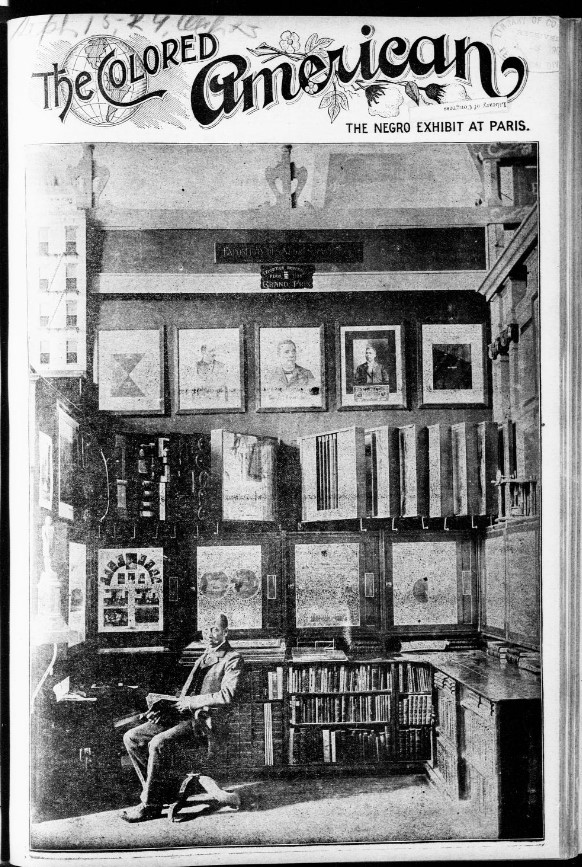The audio version of this review was first shared in A Bookchat about Beneath the Bending Skies with Jane Kirkpatrick & a Review of The Red Canary by Rachel Scott McDaniel
In this Pinch of the Past we will be looking at the different kinds of exhibits featured at the fair, including one very special exhibit from the United States and a truly unique exhibit that ended in tragedy.

Types of exhibits included art, Industry, Decoration, Agriculture, Motion Pictures, World live recreations, Theatres and Music Halls. There was The Palace of National Manufacturers, the Palace of Electricity, and the Water Castle; but, no fair would be truly entertaining without the traditional—then new—Ferris Wheel.

This 360 ft high Ferris wheel can be seen from panorama photos of the exposition. With forty cars it could carry up to 1,600 passengers each voyage. It was called the Grande Roue de Paris but also took its name from the creator of the first giant wheel. George Washington Gale Ferris Jr. first presented his creation at the 1893 World’s Columbian Exposition in Chicago.
The Globe Céleste

The globe was a blue and gold sphere, 148 feet in diameter that sat right beside the Eiffel Tower. Upon its sides were painted the constellations and signs of the zodiac. Unfortunately, this exhibit was also the sight of a tragedy when on April 29, the pedestrian bridge collapsed killing nine people and injuring several others. As a result of the investigation that took place afterward, the Committee on Reinforced Cement was created by the ministerial decree of December 19, 1900. At the end of the investigation, the City of Paris was held responsible because they conducted excavations too close to the bridge which led to its collapse.
Countries that attended

France invited fifty-six countries from around the world to come and highlight their achievement from the last century. Forty attended plus additional colonies and protectorates of France, the Netherlands, Great Britain, and Portugal.

The United States Pavilion, built by Charles Allerton Coolidge and Georges Morin-Goustiaux, was a modest version of the United States Capitol Building.

While the main focus of the US presentations were on commerce and industry, it also held The Exhibit of American Negroes at the Palace of Social Economy. This display exhibited the progress and growth of African Americans at the turn of the century.
This exhibit included four bound volumes of nearly 400 official patents filed by African Americans, a statuette of Frederick Douglass, and over 500 photos of African American men and women, homes, churches, businesses and landscapes.
In the next part of this Paris Exposition Series, we will be looking at the criticisms as well as some interesting data. That Pinch of the Past will be part of Episode 43: A Bookchat about A Gem of Truth with Kimberley Woodhouse & a Review of The Number of Love by Rosanna M. White .


One Reply to “1900 Paris Exposition -a World’s Fair– Pt. 2”
Comments are closed.